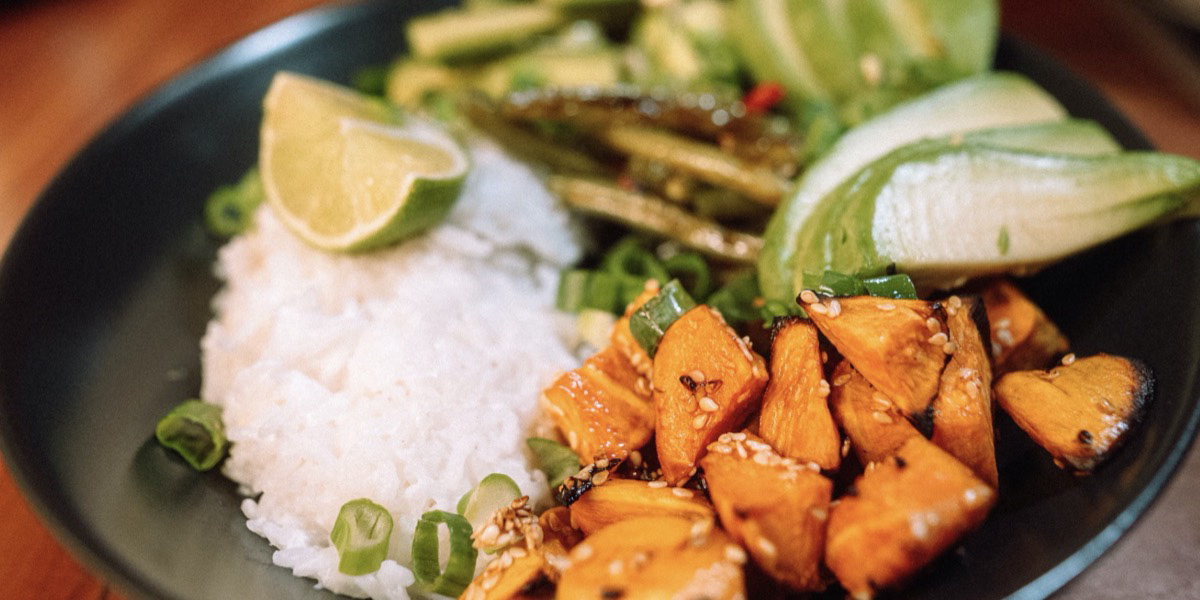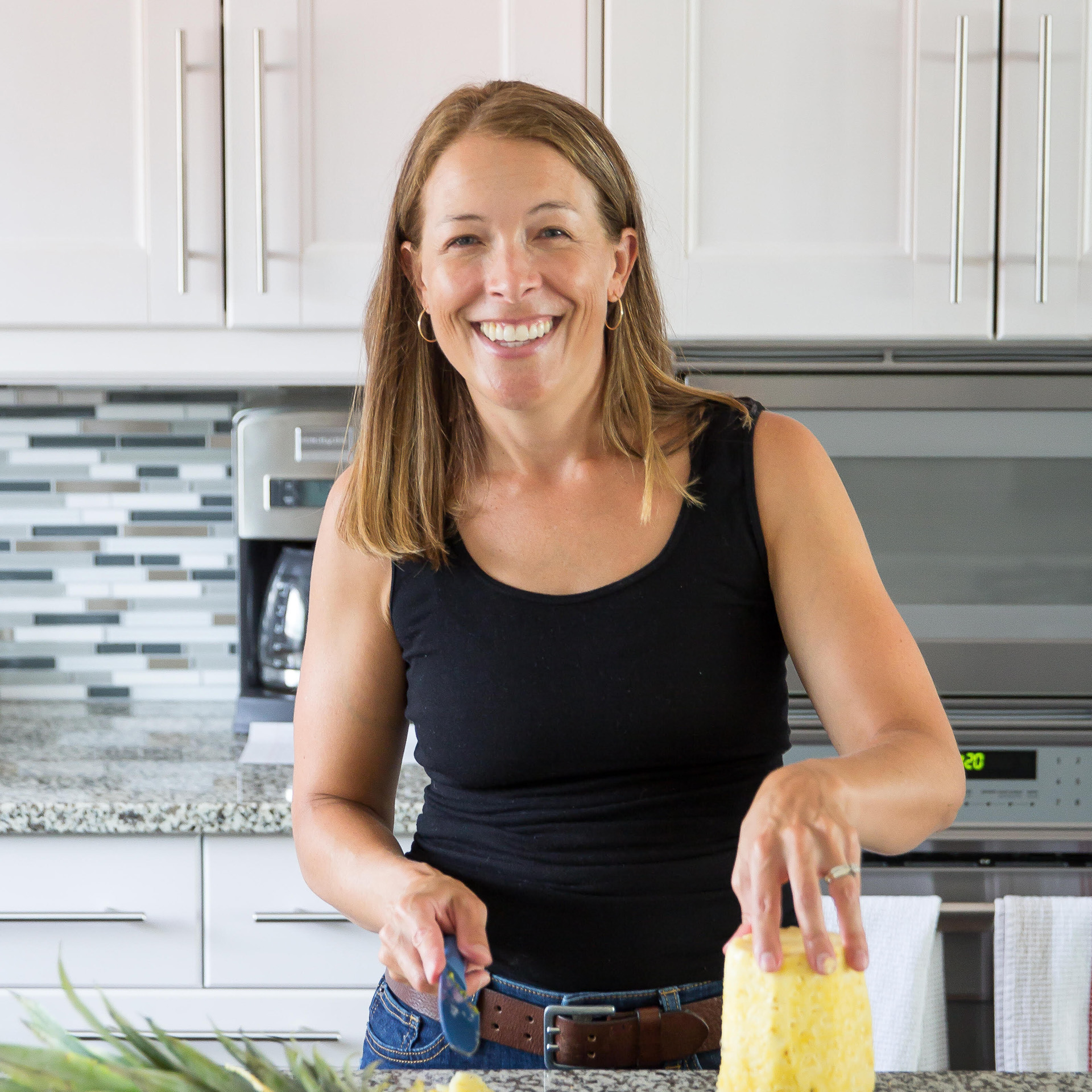Building A Healthy Relationship with Food

If you’re new to using the Ate app, you might be wondering how to use the On and Off-path function to best suit your needs. I have been using the app with clients for quite a while now, so I will offer you some practical insight on how I use it within my own community.
So many of us have grown up with an unhealthy relationship with food. We have learned to view food in very black and white terms. Kale = Good and Chips = Bad. Protein = good and Carbs = bad. But at the end of the day, food is just food. It’s not inherently good OR bad. Instead, try to think of food in terms of what fuels your body and mind in a positive way, and what doesn’t.
Labeling food as good or bad isn’t helpful for many reasons, but it gets further complicated when you consider that different foods affect each person’s body differently. A food that is good for one person may not get digested well in your body, certain types of healthy food may be foods that another person is intolerant to, and so the blanket judgments of one food being good or bad just doesn’t work well.
Whenever I start working with a new client, one of the first topics we discuss is the “On and Off-path” issue. In the beginning, I advise that they place ALL foods as On-path because I want to get them in the habit of removing judgment from food choices, and instead just being curious. I have them focus on answering the questions within the app and working on becoming more mindful. Reflecting on questions such as “How did that meal make me feel?” are more important.
Furthermore, it also takes the pressure off of having to figure out how to label the meal. If my client posts a salad with a rich creamy dressing, croutons, and bacon, I don’t want them to spend time wondering if it should be considered on path because it’s a “salad” with some great leafy greens and veggies, or Off-path because of what they added to it.

As time goes on and I get a good idea of what they eat day in and day out, we come up with specific nutrition goals for them, and then we can then start assigning meals as on or off-path by determining if the meal is reflective of their specific nutrition goals.
Here are a couple of examples of how and why that would look different for everyone:
- A perfectly healthy meal that happens to be high in FODMAPs could be Off-path for you because you are on a low FODMAP diet. (And eating any other way doesn’t make you feel very good.)
- Maybe your goal is to stop eating after 8 pm and you decide to have a treat at 9 pm. That could count as Off-path. It wasn’t something that you had intended to do. It was more of a reactionary choice and it hindered your sleep for that evening.
- Imagine vacationing in Mexico (I know, we can dream) and you plan for two piña coladas each day. Those first two would be On-path, but that third and fourth could be Off-path.

- You’re doing your best to eat mindfully and not eat while doing anything else at the same time, but you find yourself scarfing down your beautiful grass-fed beef and veggie-filled stir-fry in front of the TV. That meal might now be Off-path for you. You weren’t “there” for it, and because you ate it too quickly you didn’t digest it as well AND you ate past satisfied.
I think you get the idea. As with so MANY things nutrition-related, context and individuality are key. I find it a lot more helpful to choose “On and Off-path” for each meal as it directly relates to your own goals or to your current experiment. (Ate has many different types of experiments you could try too, which would affect whether a meal is On or Off-path for you.)
At the end of the day, there is no one right or wrong answer, and you are not going to receive a gold star for always being ON path. But it certainly does help to know if you are headed in the right direction or not!
If you have more specific questions about how I use the app and the On/Off-path determination with my own clients, reach out!
You do not have to “do healthy” on your own. In fact, research tells us that you are much more likely to succeed if you have accountability layered in.
Let’s face it — healthy eating and healthy lifestyles can be boring and require a lot of patience. Having the support of an accountability coach and a community of likeminded individuals on your team can make all the difference. Share paths with a practicing holistic nutritionist, receive one-on-one coaching regarding your meals, and be connected on the app with my other clients and Ambassadors. You will have fun, stay motivated, and feel inspired!
Find out more by visiting my website www.stacyyates.com.
